“On the count of three, jump back and lean to your right—actually, put that crown on your head first. Mateus, can you help her?” I directed from behind my camera. As Mateus placed a flower crown on top of Bella’s head, I wrapped my arms around myself and hugged tightly. It was a chilly day in New York City’s Central Park and the sun was quickly disappearing behind the city skyline. I had only met Bella and Mateus minutes earlier, but was already comfortable creating art with them—as was everyone else. On the other side of the park, Kory had climbed daringly high into a tree while Sandra, sprawled out on the grass below, quickly snapped photos. Nearby, Wendy was carefully arranging butterflies on Alyssa’s back while Alyssa emoted over her shoulder. Mere hours before, we were all strangers, but had gathered together that day to create conceptual photographs for The Wild Ones tour. We quickly became friends.
Combine three best-friend photographers, a van overflowing with camera equipment, and a strong desire to give back to the photographic community and you get The Wild Ones tour. The annual traveling summer workshops are where aspiring photographers befriend and create photographs with their favorite photographers. These three best friends, Sarah Ann Loreth, Joel Robison, and Shane Black, quit their long-held office jobs in the summer of 2013 to pursue photography and teach conceptual photography full time. Before The Wild Ones, they photographed during their free time, struggling to balance a growing passion with their day jobs. After meeting on the photography site Flickr, then quickly becoming friends, they came up with the idea for The Wild Ones. It is their way to travel, photograph, and teach together.
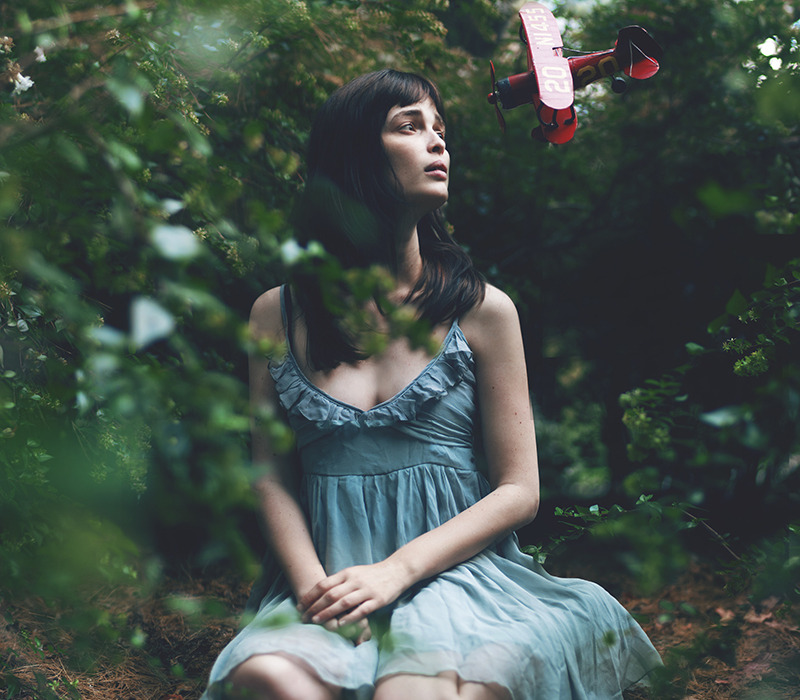
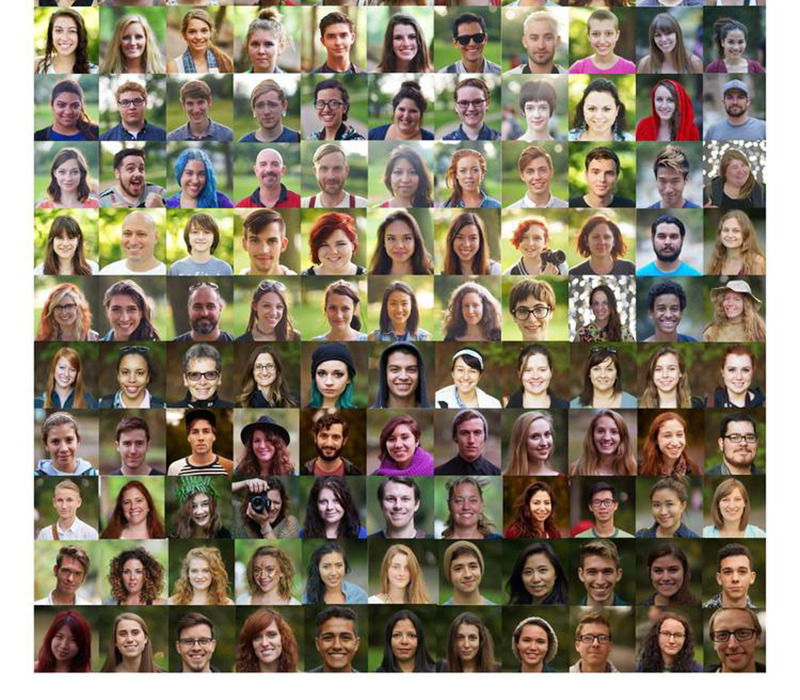
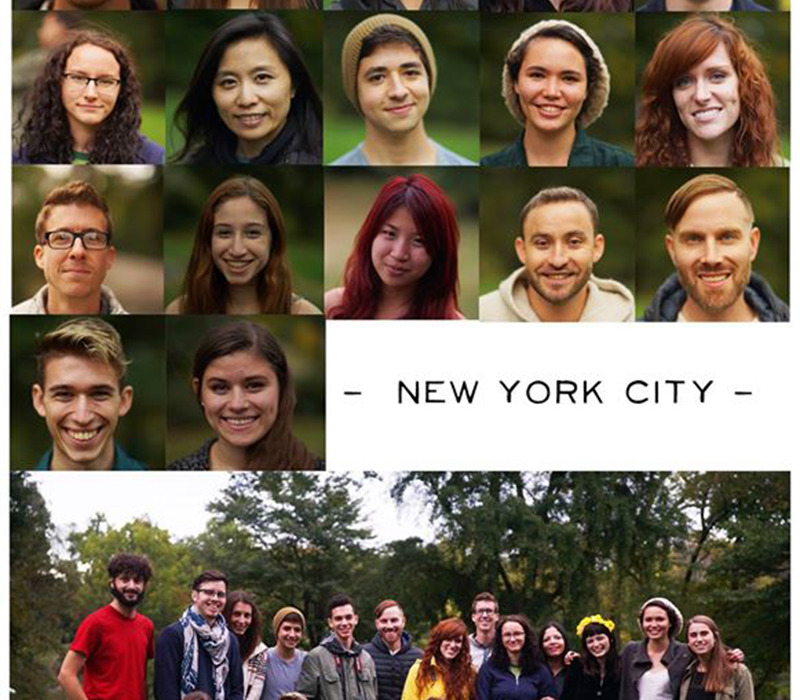

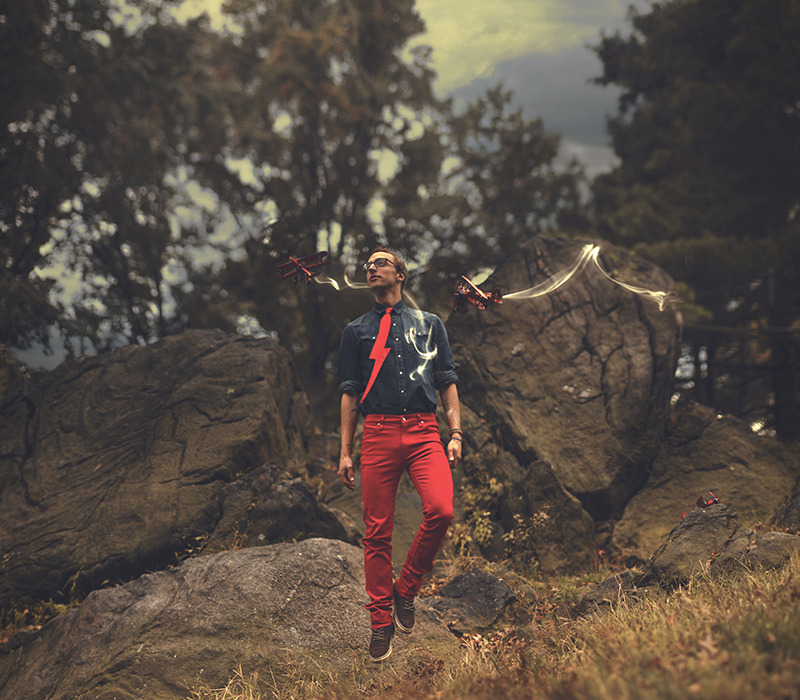
This summer marked the second year that they’ve driven more than 15,000 miles to teach more than 150 students in fifteen cities across the U.S. and Canada. The aim is to not just make friends all over the country, but also according to the tour’s own website, to “aide in the growth of photographic artists by providing education in both photographic techniques and business consulting while providing a supportive and ongoing global community.” Through The Wild Ones tour, photographers of all styles and skill levels are able to network, provide feedback, and improve their skills—together.
This year was the first that The Wild Ones hosted a Canadian and U.S. Intern competition. The competition asked for interested parties to submit videos explaining to the trio what they could contribute to and why they would want to become part of The Wild Ones family. Winners joined The Wild Ones for five days in their respective locations. When I found out that I had been chosen as the U.S. Intern, I broke down. I was so honored—yet surprised—by their decision that I wasn’t able to process what was happening until I touched down in New York City for the last workshop in October. At the end of those five days, not only had I gained invaluable insight into the conceptual process of photography, but also took away larger life lessons that I know will always stay with me.
1. Experiment, Find Your Style, Run with It
Like any other skill, photography requires patience and experimenting. While Loreth, Black and Robison are now all prominent photographers with varying photographic styles, it took time for all of them to discover what type of photography they liked and excelled at most.
In the humble beginnings of their respective photography careers, Loreth, Robison, and Black all dabbled in 365 projects, self-prompted undertakings in which a photographer must post a photo (taken that day) on some form of social media, every day for an entire year. And as many 365 projects go, the majority of their photos were fine art and conceptual self-portraits. This allowed them to try out varying styles, editing techniques, and concepts. By forcing themselves to create new photos every day for a whole year, they found that they gravitated toward reoccurring themes and techniques. Loreth now specializes in self-portraiture and conceptual art, portraying human emotion through color and surrealistic scenes. Similarly, Robison is a conceptual portrait photographer, but his work is more prop based, and usually tends toward warmer hues that stir nostalgic emotions. And while Black experimented extensively with conceptual work, he never actually finished his 365 project after realizing that his passions lie elsewhere: in landscape, time lapse, and astrophotography. While each of them now has a concrete idea as to where their individual styles lie, they continue to push themselves and encourage others to continue experimenting to keep an open mind.
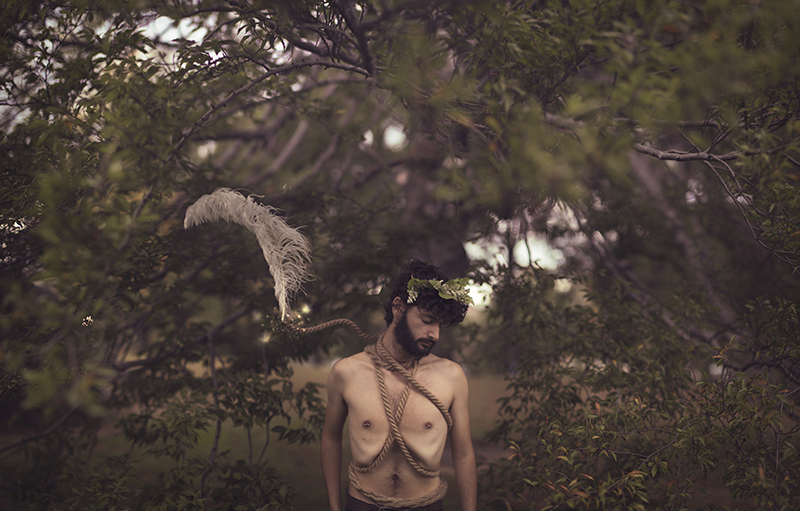
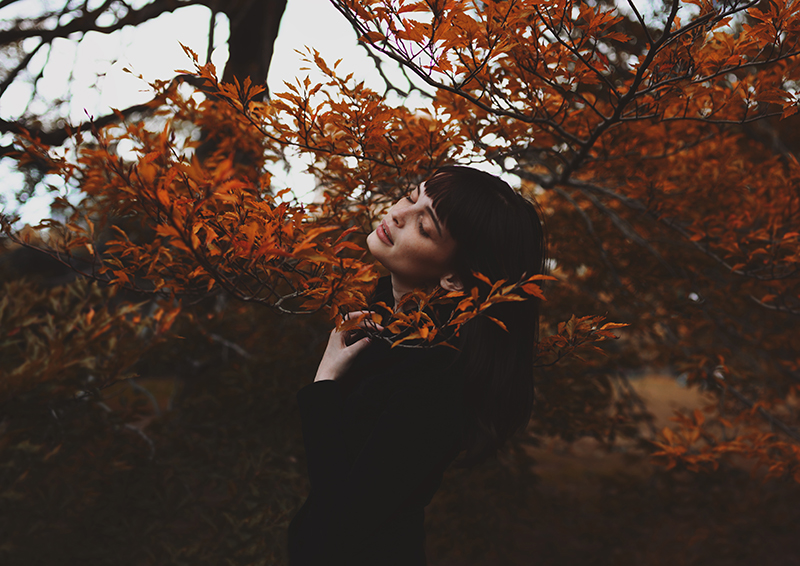
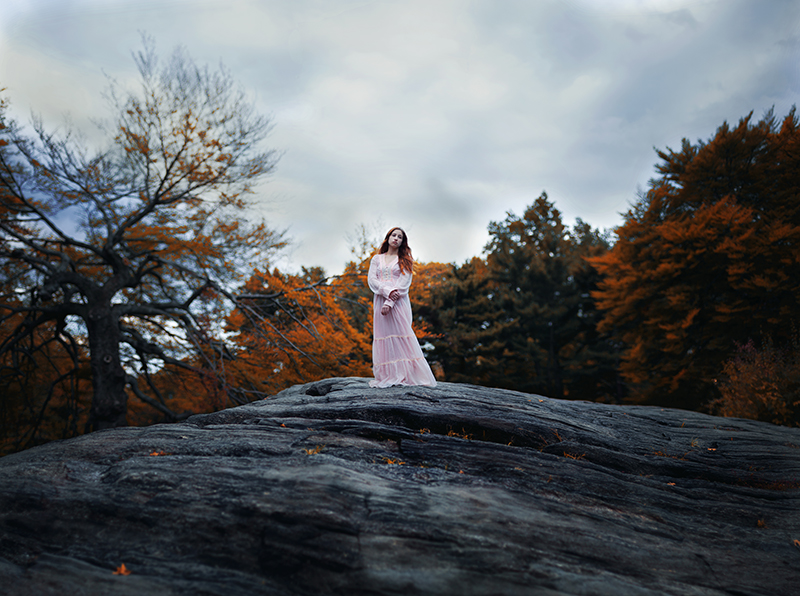
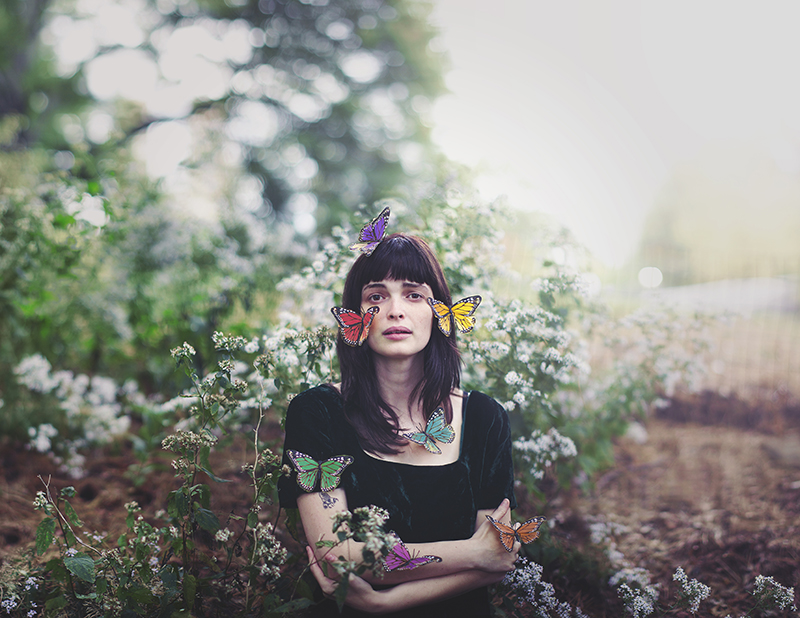

While I usually gravitate towards street and travel photography, I’ve pushed myself to produce more conceptual work over this past year. During the workshop, I was able to use many of the props provided, including plastic butterflies, old trench coats, and top hats to create prop-based photos—a style I had never dabbled in before.
2. Passion Requires Sacrifices
Only two years ago, Loreth was juggling two hospital jobs, running her own photography business, and starting a nonprofit workshop tour. Unhappy and stressed, her life was constantly bound by long hours and deadlines. She knew that a change had to happen—quickly.
Today, Loreth is a teacher, photographer, and self-made boss. She’s able to set her own deadlines and determine her own working hours. On her photography blog, she writes that she has “never felt a freedom like this before and hopes for it to continue.” Loreth emphasizes that finding a support system, learning how to ask for help, and realizing that sacrifices must be made, are lessons everyone must learn.
While I’m only nineteen, I’ve already found myself struggling to understand where photography fits into my life. At the moment, it’s impossible for me to decide whether I will become a full-fledged professional photographer like Loreth, or simply treat it as a side passion. However, when I do make the decision I’ll make sure to keep Loreth’s words in mind and remember that, as she puts it, “your dreams don’t work unless you do.”
3. A Foundation of Hard Work Pushes Big Decisions
In April of 2013, Robison received a phone call. Without knowing it at the time, he was about to have a conversation that would change him and his future. The phone call came from the organization that coordinates the World Cup Trophy Tour, a global event co-sponsored by FIFA and Coca-Cola. To a speechless Robison, the representative explained that the organization had been impressed by his work (he had found online?) and was offering him the role of lead photographer and blogger for the Trophy Tour. Along with this impressive position, Robison would also have the chance to travel to more than ninety countries in only nine months. It was an opportunity that Robison quickly agreed to.
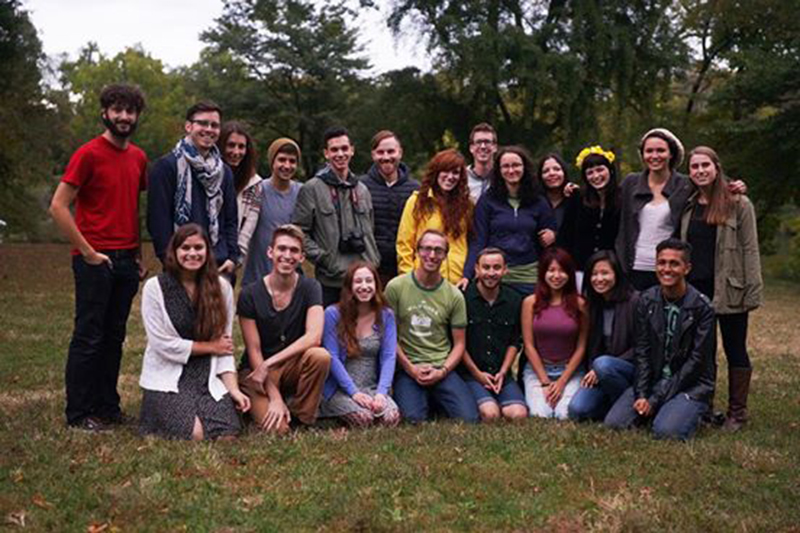
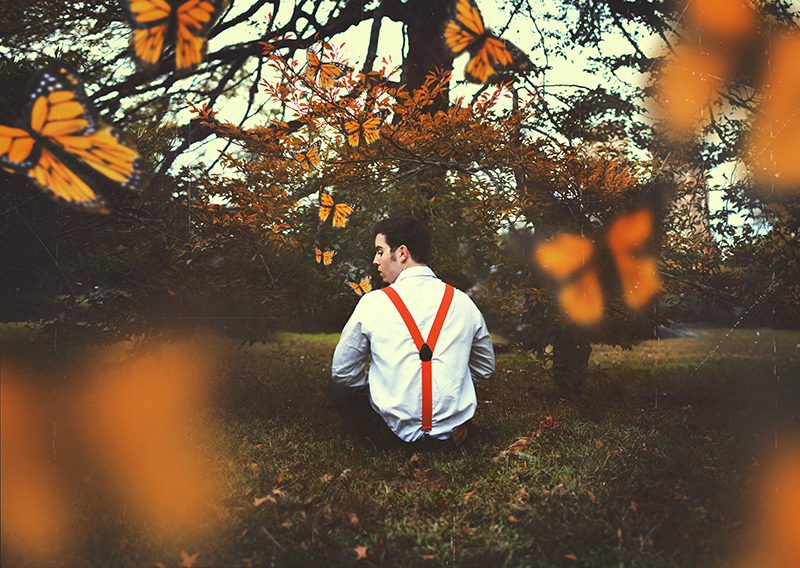
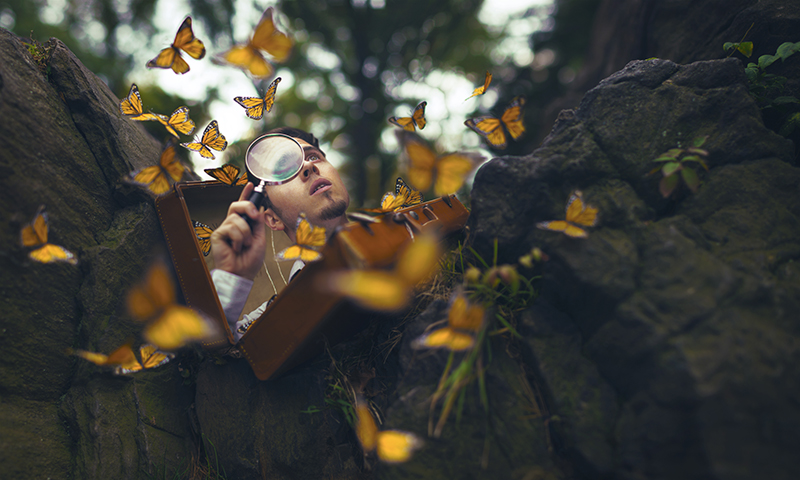
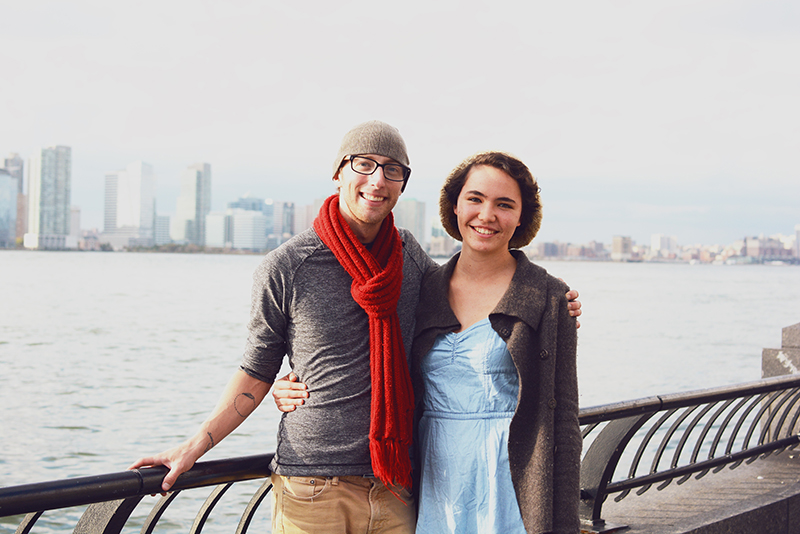
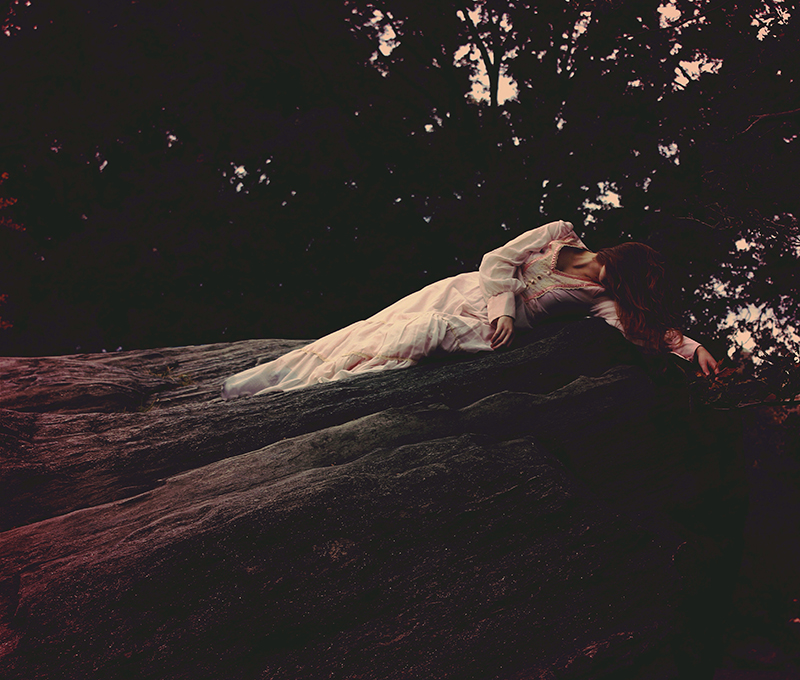
Whether we were waiting for the subway or walking around Little Italy, I loved asking Robison about his Trophy Tour experience. His stories were as numerous as they were heartwarming and it struck me that he was still in awe of the experience himself. He told me that the Trophy Tour was the final push he needed to completely dive into his photography career. The opportunity confirmed to him that photography was his true passion.
…
Black slid his computer on the table, attached the HDMI cable, enlarged the QuickTime window, and clicked play. It was the second day of The Wild Ones workshop and there were fifteen of us seated around a large rectangular table. We were in an office rental space in downtown New York.I sat near the window, with the high-rises of the cityscape looming through the glass. However, within minutes of watching Black’s ’s video Adventure is Calling, the urban jungle that surrounded me began to fade as I was transported to the shores of Crater Lake, and felt as though I could touch the starry skies high above Yosemite’s half dome.
Adventure is Calling is the second time lapse video Black made. Taken while on the road for last year’s Wild Ones tour, Black highlights thirteen jaw-dropping national and state parks throughout the U.S. Through a mix of both landscape and astro-photography time lapse, he instills a sense of wanderlust and respect for nature in all of his viewers. Without any surprise, the video was quickly (within twenty-four hours) picked as a Staff Featured video on Vimeo, and was then licensed by National Geographic. Since then, Black has heavily invested in landscape and time lapse, admitting that the positive response from Adventure is Calling has helped to push him toward greater aspirations.
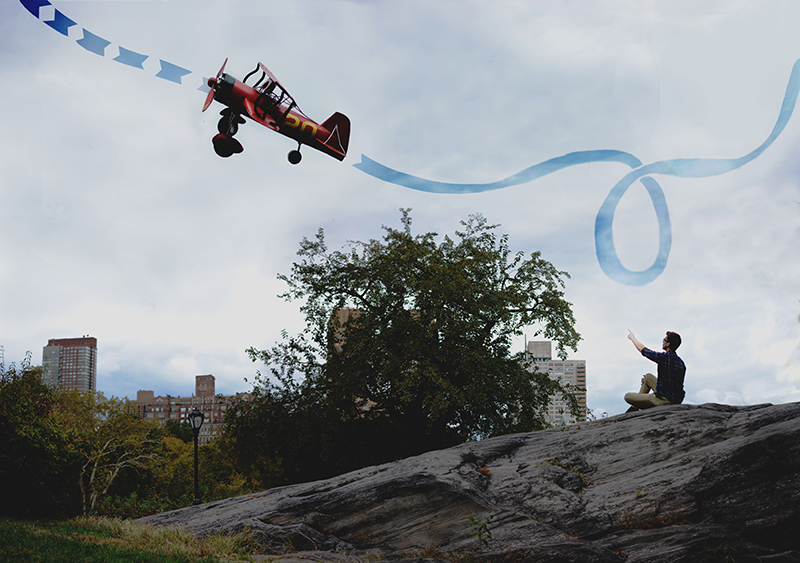
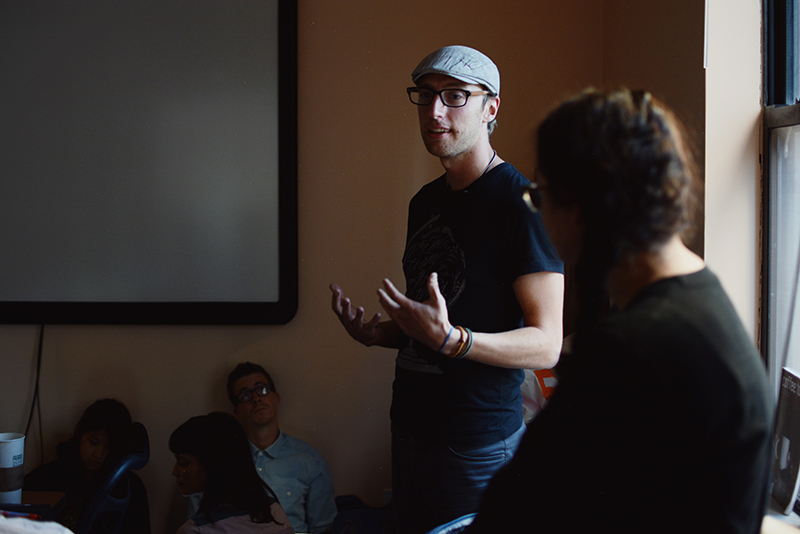
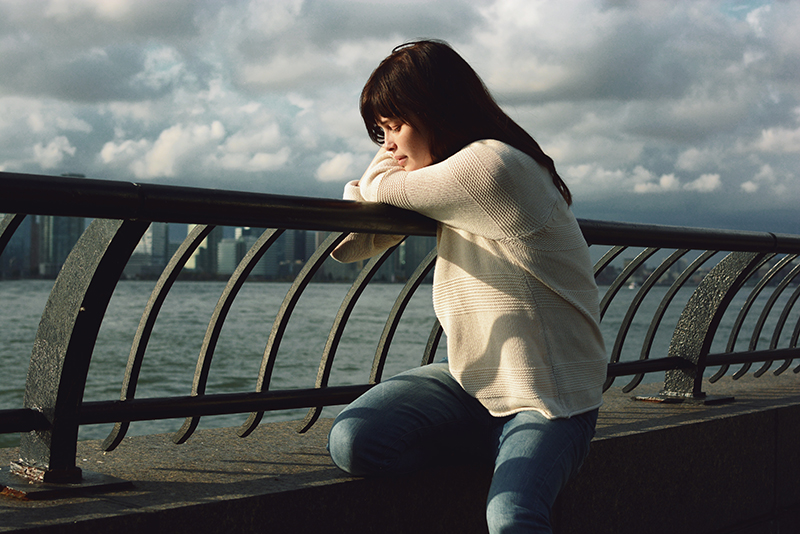
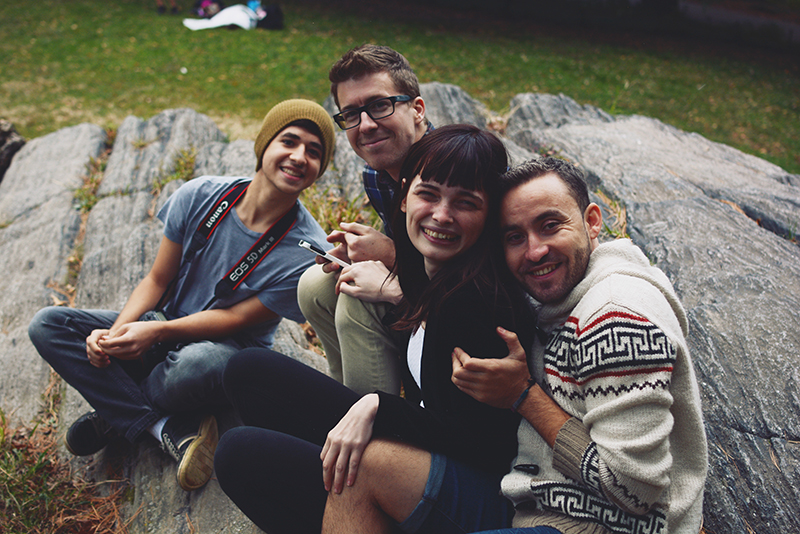
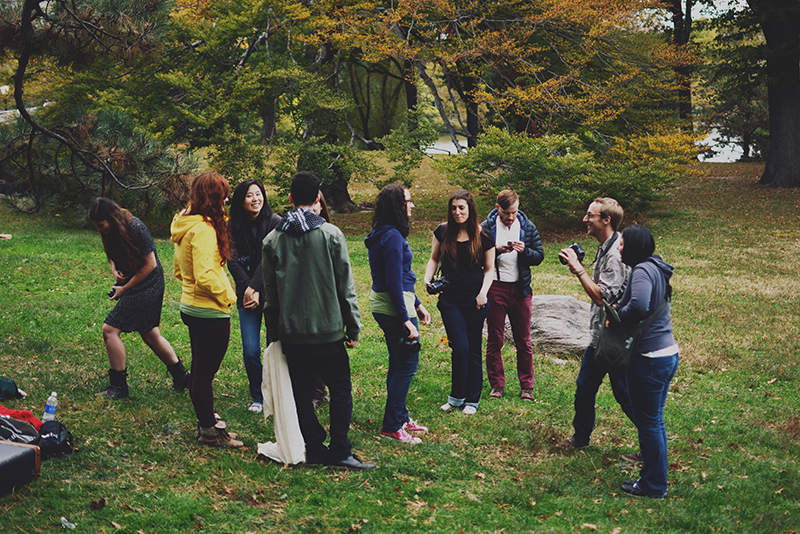
I have learned from Black that success is not inherent in business.. Success is a result of hard work and built over time, an outcome of building a foundation as concrete as possible. And if you try to build from a solid foundation upward, you can build the skyscraper of your dreams.
4. If You Can, Meet Your Idols
Having followed and admired the work of Black, Loreth, and Robison for several years, the thought of finally meeting them in person was daunting. However, I was relieved when I was immediately greeted with hugs and smiles instead of awkward handshakes and side nods. In five quick days, the lines between mentor, inspiration, friend, and roommates were quickly blurred. We became a family.
As they had done with more than 150 workshop photographers before me, they did their best to make me feel welcome. Their genuine hospitality was on display when they insisted that I take the only bedroom—and the only queen-sized bed—in our rented accommodation. I was uncomfortable Knowing that they would all have to share the living room sofa, however, once I saw how natural and at peace they all looked nestled together on the sofa and air mattresses—each of them working on their individual photo projects—I realized how ordinary this was for them, and was only then comforted with the agreement.
Leaving my usual position behind the computer screen allowed me to make strong connections with like-minded photographers. I was finally able to seek the answers to many of the questions that had always plagued me while shooting and editing. Since I was able to a substantial amount of time with them, I also didn’t have to fire questions at them like an interrogation session, but instead drew them out over the course of five day. It may seem like a long shot, but if given the opportunity, meet your idols. Hear what they have to say. Spend quality time with them. Learn from them.
— Jayna Milan
View more of Jayna Milan’s photography at her website, jaynamilan.com.

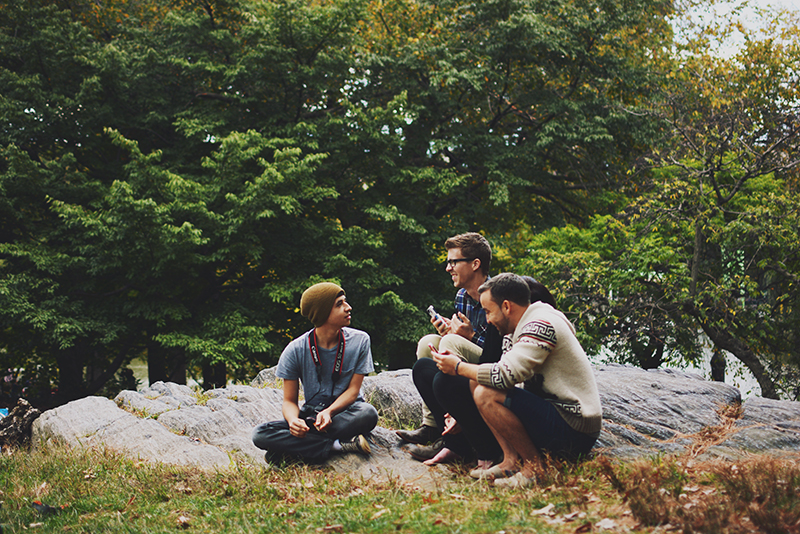
Photography At Large: My Tour With The Wild Ones | vidigalo.com
[…] Photography At Large: My Tour With The Wild Ones These three best friends, Sarah Ann Loreth, Joel Robison, and Shane Black, quit their long-held office jobs in the summer of 2013 to pursue photography and teach conceptual photography full time. Before The Wild Ones, they photographed during their … Read more on PDX Magazine […]
2014 Wrap Up – jaynamilanblog
[…] Internship with PDX Arts Magazine Not all the photos are shown here but the links to the articles are below: written by myself: https://pdxmag.com/archives/3727 […]
Road Trip – Cannon Beach – jaynamilanblog
[…] p.s. PDX magazine just released the article that I, as their intern, wrote for them! T’was my last assignment for them and is also my first published piece of writing https://pdxmag.com/archives/3727 […]